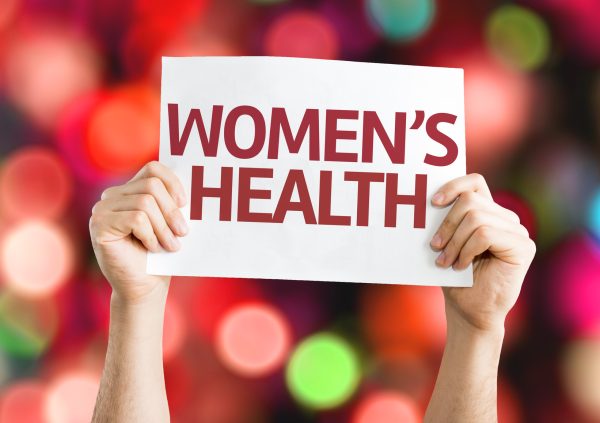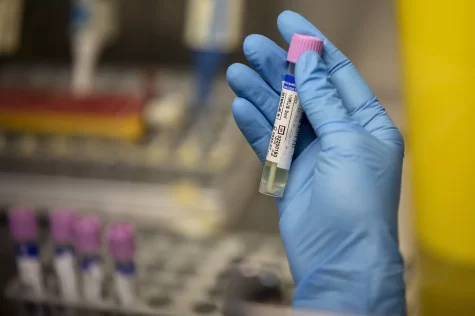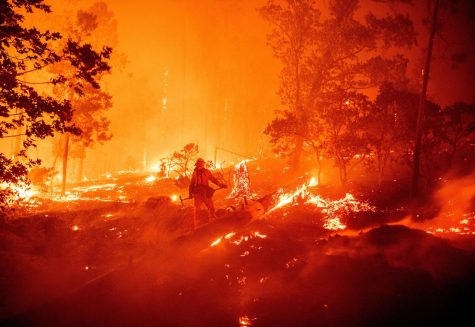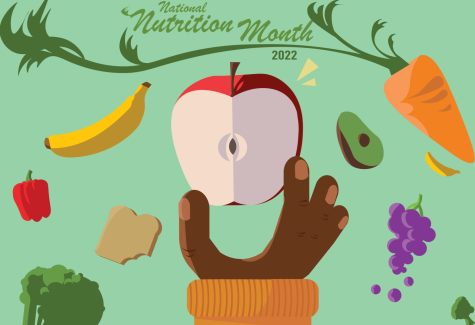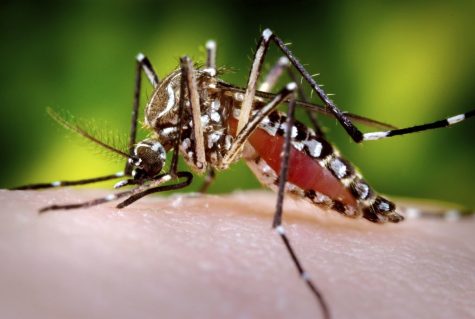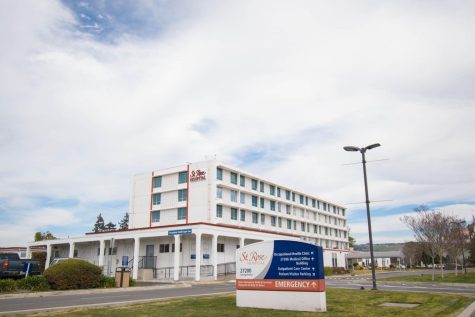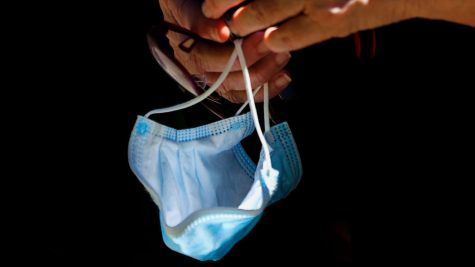Vaccine Rollout Gains Momentum in the United States, Continues to Lag Around The Globe
April 15, 2021
Key Takeaways
- Covid variants spread in California’s Bay Area
- Biden sets new mass inoculation goal of 200 million by April 30
- 80 percent of all U.S. K-12 teachers have been vaccinated
- COVID-19 cases in the U.S. remain steady but continue to grow
- Israel leads the way in mass immunization
47 percent of Americans have been vaccinated as of April 4. The Biden Administration has reached the initial goal of 100 million vaccines in his first 100 days in office, now setting the goal to 200 million. However, many countries worldwide continue to lag with vaccine production, and American distrust in vaccines remains steady.
With an average of three million inoculations per day, the U.S. has surpassed Biden’s goal of 100 million people by 56 million as of April 6. The new goal of 200 million by April 30, his 100th day in office, will be surpassed by at least 25 million if vaccination rates continue to remain at the same level.
The race between inoculation en masse and the mutating virus quickens as a new strain was identified in California early April. The double mutant COVID-19 variant, originating from India, includes two mutations, causing worry among scientists. However, the new variant is composed of two strains scientists were already aware of: E484Q and L452R, CNBC writes. Researchers at Stanford University identified five cases of the new strain in San Francisco as of April 8. While the new variant raises concerns about vaccine efficacy, scientists assure all vaccines are still highly effective in decreasing the risk for severe illness and death.
California eligibility continues to include more residents as vaccine production grows. As of April 8, those in the following Alameda zip codes can sign up for a vaccine:
94601, 94603, 94605, 94606, 94607, 94621, 94544, 94545, 94577, 94578, 94580
Despite mass media messages supporting vaccinations, vaccine reluctance remains high in the States with a continuing spread of misinformation. A recent survey by NPR reveals one in four Americans said “they would refuse a coronavirus vaccine outright if offered,” the news site reports. The highest report of refusal recorded was by Republican men and members of rural communities. Scientists claim this hesitancy to receive a COVID-19 vaccine will put herd immunity at risk, the point at which transmission of COVID-19 can no longer be spread quickly throughout communities, NPR writes.
Vaccine inequity between the Global North and South: battle of the riches
Vaccine equity throughout the world is crucial to control the virus. COVAX, an organization sponsored by the World Health Organization, supports the development of the vaccine and are the facilitators in getting the vaccine available in low- and middle-income countries, according to the Kaiser Family Foundation.
As of March 15, only 15 percent of total vaccines have been purchased by low- and middle-income countries, and COVAX has purchased 13 percent. Despite accounting for only 16 percent of the global population, high- or upper-middle-income countries have purchased over 72 percent of all doses. With COVAX’s vaccine redistribution initiative, over 47 percent of vaccines have been purchased by non-high-income countries.
There is a significant vaccine disparity among low- to high-income countries. South Africa, Africa was the continent’s worst-hit country by the virus. The country bought the U.K.’s Oxford-AstraZeneca vaccine for more than two and a half times at $5.16 (€4.32) than European countries’ per-unit price at $2.13 (€1.78).
In January, South Africa also faced a second wave of cases with a new COVID-19 variant that scientists said was more infectious than the previous wave. While 1.3 billion people inhabit Africa, they were only given 300 million doses, Canada purchased enough doses to vaccinate every single Canadian five times over.
Another issue that low- and middle-income countries face regarding inoculation is keeping the vaccines at the necessary temperature. “In India, the COVID-19 vaccine being developed by Oxford and AstraZeneca is the front runner since it can survive in warmer temperatures, putting less pressure on the already strained cold storage capacity available locally,” Business Insider India reports.
According to Bloomberg’s ‘Covid-19 Tracker,’ in many countries throughout Africa, Latin America, and parts of Europe, there is little to no data regarding vaccine inoculation; the data present for these countries is significantly lower compared to upper-middle- and high-income countries. Low- to middle-income countries that neighbor no-data regions only have enough vaccines to cover less than 0.5 percent of their population, including Egypt, Iran, Afghanistan, Mali, Kenya, South Africa, Ukraine, Honduras, Guatemala, Venezuela, Ecuador, among others.
Israel is setting the example with inoculation having over half of its population fully vaccinated, and an additional ten million have received at least one dose of the COVID-19 vaccine. However, the tally may not include Palestinians as vaccine supply has been deprived due to Israeli forces’ militant power.
“Israel, administering over 150,000 doses of vaccine a day in the dawn of the new year, leading the world in vaccine rollout, is pointedly, purposefully, not vaccinating the Palestinian people it occupies,” The Guardian reports.
Human rights watchdogs claim The Fourth Geneva Convention requires occupying power to work with local authorities in order to maintain public health, including during epidemics, the New York Times writes. Therefore, under the Geneva code, Israel must work with local Palestinian authorities to ensure public health is adequately cared for.
Allotting vaccine shipments based on who can pay is a violation of human rights and continues to put citizens of the world at risk for severe illness or death due to SARS-CoV-2. The privatization of vaccines continues to hinder the progress of slowing the spread and returning to a sense of normalcy.




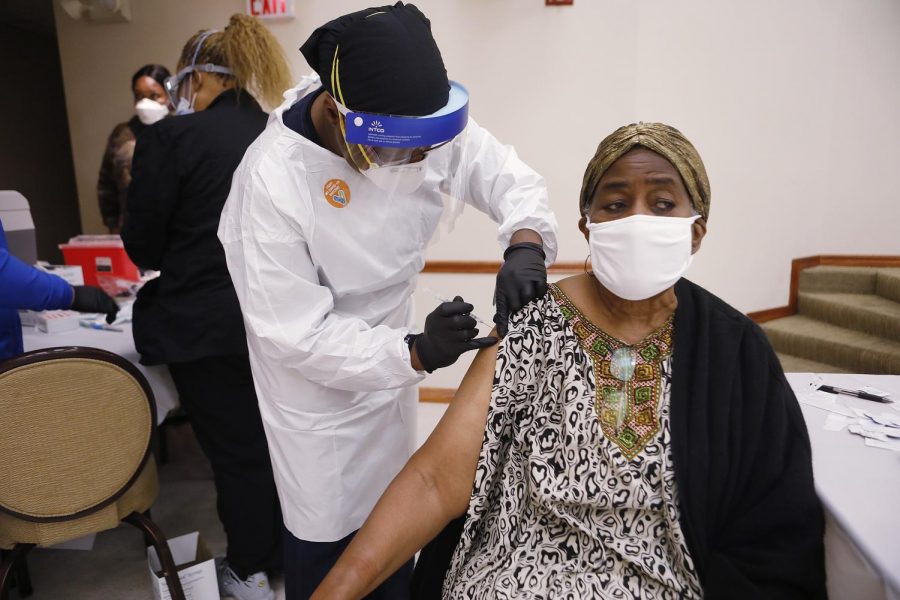


![Photo of fentanyl from the U.S. Drug Enforcement Administration (Photo courtesy DEA via Bay City News) [for education purposes only]](https://thepioneeronline.com/wp-content/uploads/2024/03/IMG_4583-600x443.jpg)
